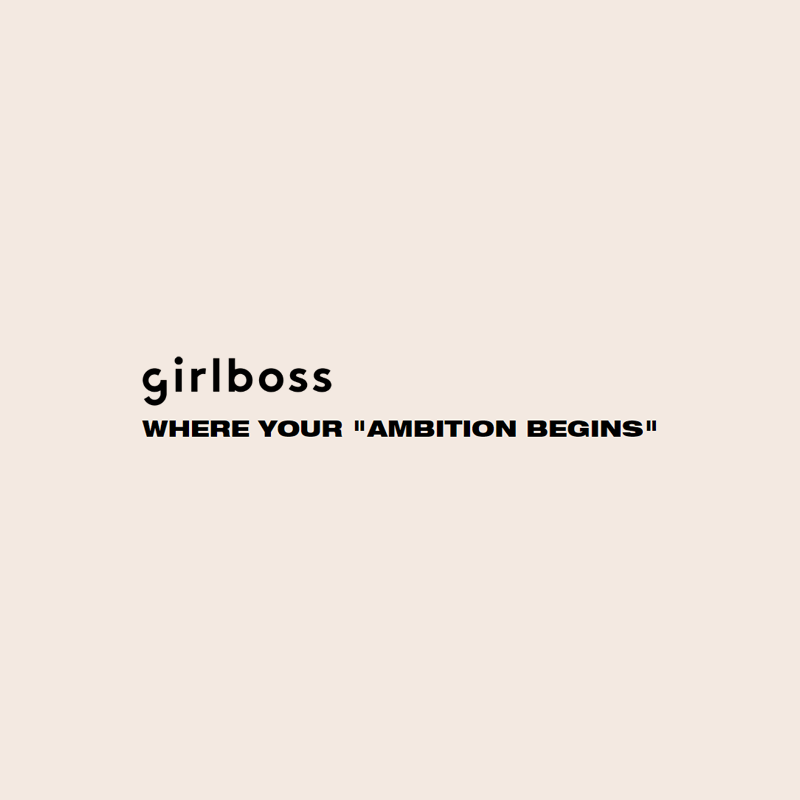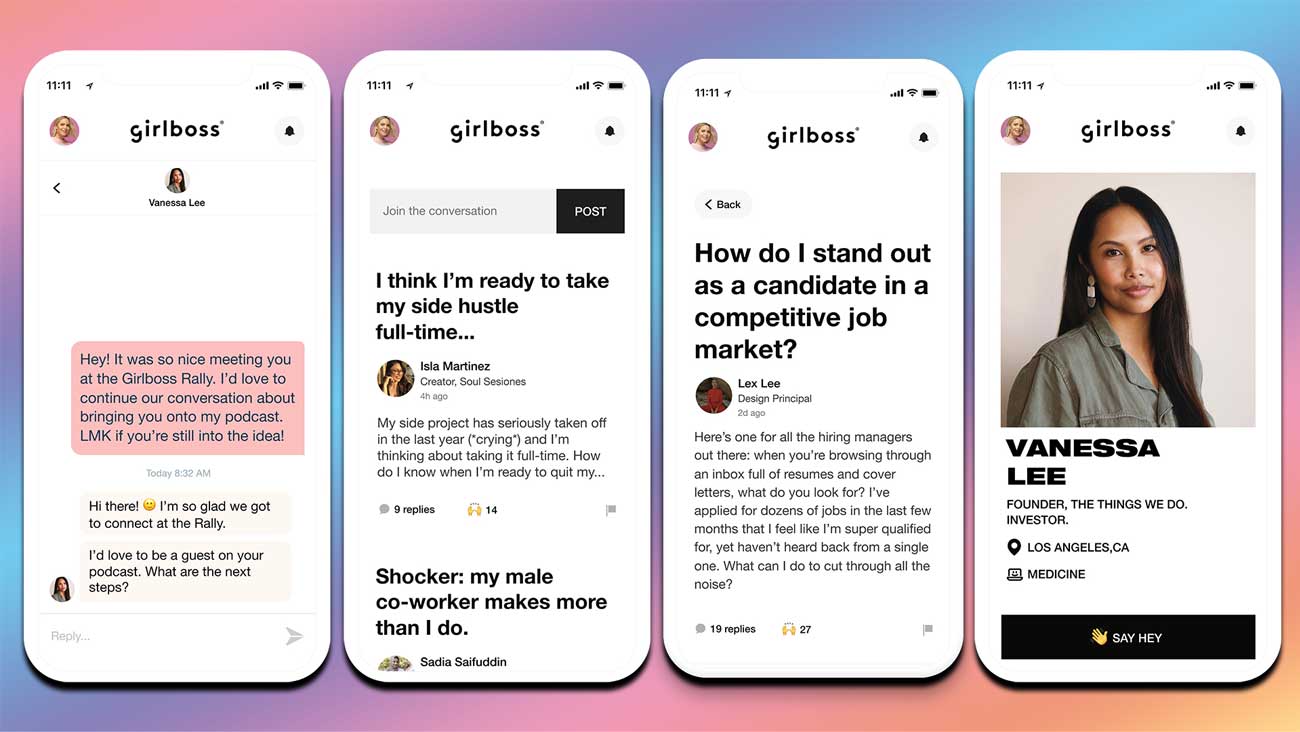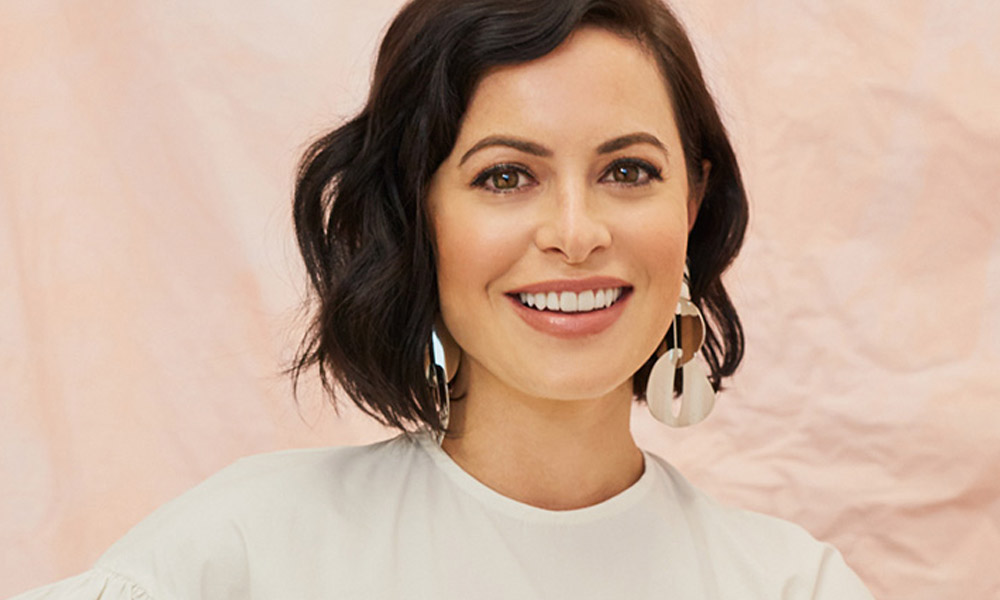
With feminism happening in workplaces, the internet is not safe from it. This includes, of course, LinkedIn.
The professional social media network has experienced its own sexism, as its platform is full of senior-level white men. LinkedIn itself acknowledged this in a 2017 blog post, when it said that "men tend to skew their professional brands to highlight more senior-level experience", while women "are more likely to have shorter profile summaries."
By analyzing over 141 million profiles in the U.S. alone, LinkedIn found that women promote themselves less.
To create a better professional and business-oriented platform for women, Girlboss, the multi-media brand for women, launched the company’s first-ever "professional networking 2.0" platform, dubbed as a "LinkedIn for women."
Initially available only to people in the U.S., the professional platform is meant for women entrepreneurs, creatives, and freelancers, where they connect directly with like-minded peers and notable industry leaders.
More than 50,000 people have signed up for an early access on the platform's beta version. They include Jen Rubio, Payal Kadakia, and Bozoma St. John, who are participating in a Q&A session as part of the platform’s launch.

The motivation for creating this LinkedIn for women, was because founder and CEO Sophia Amoruso realized that only 23 percent of millennials are on LinkedIn.
Knowing that young and productive generations don't really use traditional résumé, “We are so much more than our experience, trading on our personalities, ideas, and creativity in ways we didn’t years ago,” Girlboss stated in its press release.
Unlike LinkedIn, Girlboss doesn't consider itself as a social media to promote skills. Instead, it sees member profiles as an updated, more comprehensive take on traditional résumé.
Users can also add things like accomplishments, "life moments" and other elements that make the social network more personal - like a daily horoscope and a Meyers-Briggs type.
And in order to encourage users to create more meaningful connections, Girlboss users can only send one connection request per day, and are expected to clearly state their intentions.
The intention to help women can also be seen from the platform's team members which are dominated by women.

Describing Girlboss' social platform, Amoruso said that:
"In a time where most of us have more than one ambition, and are trading on our personalities as much as we are our experience, it’s clear that there’s a need for a platform that allows us to experience ourselves and one another in this capacity."
"Our goal is to drive as much intention as possible among members, from their profile creation, to user-generated content, to how users connect with one another."
"Women are congregating to support one another more than ever. We make less money than men, we live longer, and we have institutionally been denied ‘the keys to the castle.’ For so long, women were encouraged to shy away from discussing the topics that have the greatest impact on our livelihood - from negotiating to pricing our services, to having difficult conversations to the state of our finances."
"Our community has shown up and proven they are hungry to connect on all of these things and more. Because real power comes through communal efforts - and through transparency at scale."
"I hope women can share not just what they do, but who they are, and bring a sense of their personality and aspirations and things they’re really proud of to their profiles. There’s a sense of levity. This isn’t a stiff, stale professional networking environment."
With more women demanding equal rights, an increasing number of companies and events have launched to fight this gender parity in tech. They seek to create a safer place for women, which is free from discrimination, sexism, and with a focus on women-specific challenges.
While this feminist practice aims to help women, it raises concerns that by excluding men from the equation, they may create an even bigger gap between the genders.